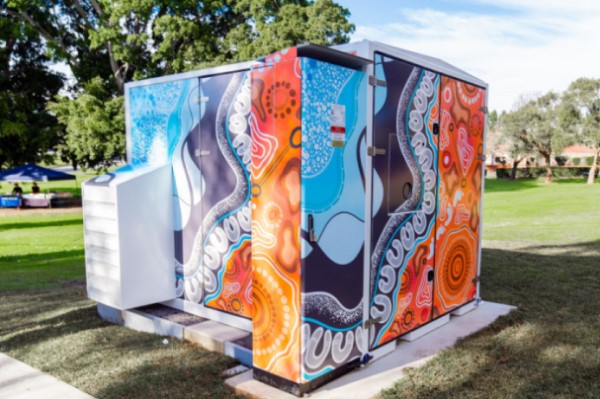Energy storage as a Service (ESaaS) allows multiple customers to share energy from a community battery. Community batteries store extra solar energy when the sun is shining and feed that energy back to customers when they need it – often after the sun has gone down.
Let’s understand how ESaaS works, who benefits, and why shared storage is helping to build a smarter, more affordable energy system for everyone.





